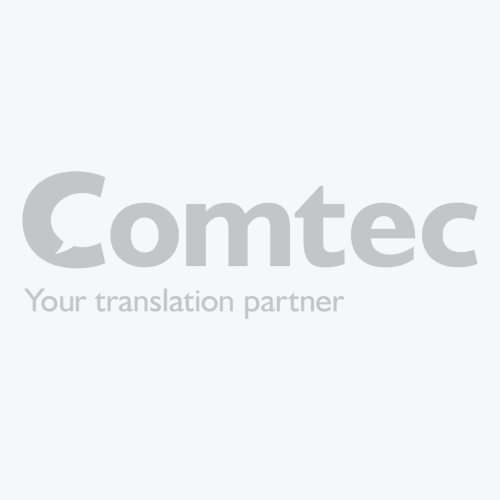
A lifeline for many publishers, journalism-powered content marketing rises above the fray in an oversupplied attention economy.
It’s no secret that traditional journalism has faced an existential threat over the last decade or so. Digital disruption has meant the advertising revenues that once sustained a vital, if at times flawed, media system have been drying up. And amid the crisis, no one was hit harder than traditional print publishers. Despite the occasional news that the UK press is showing small signs of growth, a once dominant print media now draws only a fraction of overall marketing spend. Covid has of course only exacerbated the industry’s issues, deepening people’s reliance on digital as the world shut down for many months at a time.
Publishers, especially those with a heritage in print, have had to reinvent themselves, looking further afield for the revenue needed to sustain and grow their businesses. Along the way, some old models have remained, while new ones seem to appear almost every day. There’s the public service model in the UK and across other European countries. There’s The Guardian, supported by a non-profit trust – but even that can’t shield it from the fiercest market forces, forcing it to experiment with donations and membership fees. There’s new owners, rich underwriters like Jeff Bezos for The Washington Post, or Alexander Lebedev for The Evening Standard and The Independent. Drawing on its global brand status, The New York Times has made incredible gains via subscriptions, following a trend first pioneered by The Financial Times. There are co-ops such as the Bristol Cable, shaking up local news with a community focused and run model, and the likes of ProPublica, doing investigative journalism funded by foundations and individuals, with multiple other permutations in between.
And then there is content marketing. Editorially-led content sponsored by brands is an increasingly vital revenue stream for many publishers. This is where ‘editorial leverage’ comes in. Here, journalistic skills and access are leveraged to tell stories that are smart, credible, authentic and can reach an existing and engaged audience on behalf of brands. This is a space where publishers have valuable resources in abundance: storytelling talent and credibility via newsroom expertise; access to great stories through daily news reporting; and readers and viewers who are bona fide fans. These projects in turn provide a wealth of insights to be dissected, evaluated, packaged and built into campaigns.
‘Editorial leverage’ is therefore the engine that’s mobilised to pitch a uniquely credible storytelling product to brands. As tangible, recognisable entities in an increasingly competitive attention economy, publishers not only benefit from scarcity but also capitalise on what they do best: act as a gravitational force for making sense of society and culture, offering a premium space where readers can go for contextual, curated journalism. That’s why giants like GE are increasingly bypassing ad agencies to work directly with publishers like The New York Times. In an age when information overload has fully set in, credible publishers elevate brand messages.
Even the digital disruptors crave the credibility and prestige of traditional publishers. Facebook recently launched a magazine, Grow, following in the footsteps of Google, whose iconic Think Quarterly helped it successfully reposition from being known as an Internet search engine and ad seller to digital thought leader. As the likes TikTok and Reddit start their own content consultancy businesses, streaming powerhouses such as Netflix and relative newcomer MUBI have all given in to the power of print by launching their own magazines, while Amazon Studios produces awards-season books which are as premium as they are artful. Even AI businesses have joined the fold, with start-up InstaDeep launching a premium magazine that aims to humanise AI and explore its many applications. The launch issue, which focuses on AI and health, is not only available to clients but also sold across newsstands. Digital companies moving to print might seem counterintuitive, but it’s all about building trust that their platforms, despite their size and scale, cannot achieve. In fact, a 2018 study by Mediacom and Magnetic found that 70% of magazine readers trust magazines, but only 30% of social media users trust social media.
There’s little doubt that editorial leverage is a powerful tool for cutting through and offering genuine value in an age of infinite content. It helps brands ask the questions journalists have long asked: Why does this matter? What’s really going on in people’s lives? By doing so, they can establish strong relationships with consumers while offering value that traditional advertising is often unable to do; a kind of value exchange that publishers are uniquely positioned to deliver given their access to stories and talent – and their ability to provide deeper levels of engagement. When working with brands, publishers not only help clients cut through, but they can also tap into new insights for brands, which in turn helps publishers by injecting critical revenue to sustain vital journalistic work.
Vince Medeiros is the Publisher of Huck, Little White Lies and Sandwich magazines.






